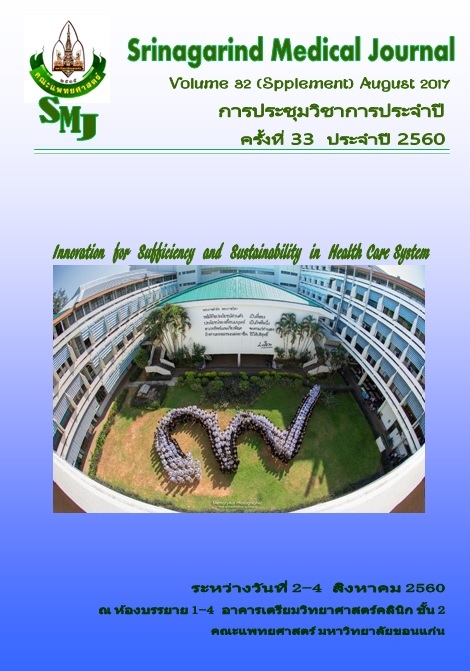Endotracheal Tube-Assisted Nasogastric Tube Insertion in Anaesthetized and Intubated Patients
Keywords:
Nasogastric tube, Endotracheal tube, Insertion, Intubated patient, General anesthesiaAbstract
Background: Nasogastric tube (NGT) insertion in paralyzed, anaesthetized and intubated patients can be difficult. Different assisted methods of NGT insertion have been tried with varying of levels of success. We conducted this prospective, randomized, controlled study to compare between using endotracheal tube as assisted method of NGT insertion and conventional technique in respect of success rates, time of the procedures and the complications.
Methods: Eighty-four patients, aged 20 years and above, undergoing surgeries that required intraoperative NGT insertions were enrolled into our study. They were randomly allocated to the conventional group (Group C) or the endotracheal tube - group (Group T) according to a computer-generated randomized software. The success rates of the first and second attempts including the time taken were assessed along with the incidence of coiling and kinking of the NGT, procedure-related bleeding, nasal pain and throat pain after the procedures.
Results: The overall success rates were higher in group C compared with group T. But the first success rates were compared between the two group. The median time required to insert the NGT was not significantly different between two groups. The incidences of bleeding and coiling/kinking were not significantly different. The median of Nasal pain scores and throat pain scores after the procedures were zero.
Conclusions: The endotracheal tube assisted method decreases overall success rates of NGT insertion. But the time required to insert NGT, the incidences of bleeding and coiling/kinking are not different.




